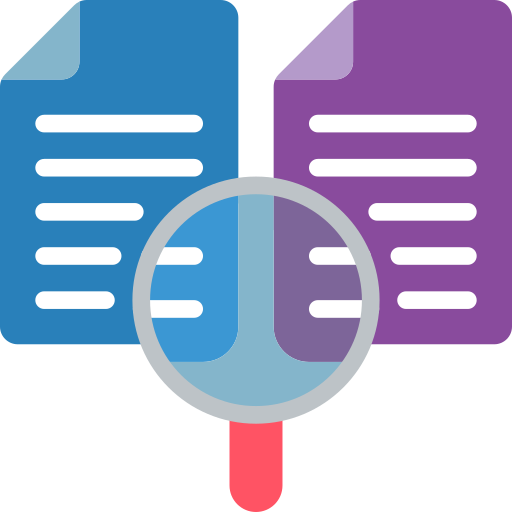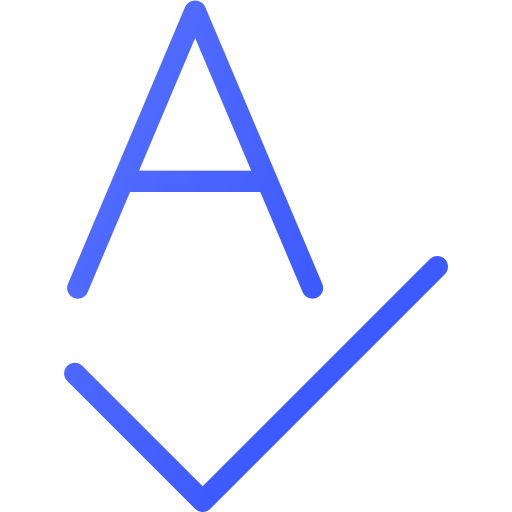Picture prompts as the guideposts for those language models, the powerful ones (LLMs) that we are building. You instruct them clearly and precisely for the LLM to do perform a task like sketching out a funny poem and, thereafter, it will find a strategy from the well of its knowledge granting you one funny poem. Let’s look at Automatic Prompt Optimization and how to go about it.
According to a recent study conducted by the Stanford University, the average engineer spends six hours crafting a prompt! It’s not common knowledge, let’s be honest about it. Automatic Prompt Optimization (APO) can make things simpler by assisting you with prompts, which will free you and at the same time will ghost-write unique brands of prompts for you unleashing the real capability of your AI.
Automatic Prompt Optimization over Manual Prompt Engineering
Imagine spending hours creating an ideal prompt, only to get dull results. This is a sign that manual prompt engineering is the norm. It is rather a time-consuming trial and error process that can be quite frustrating if I were to be real.
Now let’s say you are a veteran writer. You may still struggle to get the same results on many occasions. A study carried out by the OpenAI developers reveals that 72% of the tested developers face the problem of being unable to reuse successfully developed prom
Where Does Automatic Prompt Optimization Come In?
Have you heard of Automatic Prompt Optimization (APO)? Well, this technique has been designed to put an end to a common issue faced by many users, that is to say, boring and predictable prompt structures.
It is a powerful method that does the job of using manual guesswork, so to speak, without which task prompts would take forever. Put simply, not every app has to be mastered to be useful. One such example is the AUTOMATED PROMPT OPTIMIZATION (APO).
It is an online application that allows users to automate their daily tasks.
This is a game-changer compared to manual methods. You’re no longer left guessing. APO does the heavy lifting for you, getting things done as accurately as possible.
5 Ways Automatic Prompt Optimization Can Revolutionize Your Workflow
1. Streamline Prompt Development
So this is the scenario: You give your idea to APO and let it start scripting a lot of different prompts for the AI tool. It makes the choice by testing some of those based on the results and focuses more on refining the good ones automatically as you rest.
A study by MIT researchers, highlighting APO’s effectiveness, has reported that prompt development can be reduced by 70% compared to manual methods. That’s more than a game-changer, because it makes it easier to think about the more critical issues your AI QR coding project might face.
2. Craft High-Quality Prompts Consistently
This is the power of Automatic Prompt Optimization (APO). It uses the latest techniques such as gradient descent and reinforcement learning to crawl into the prompts and responses from the LLMs. Afterward, it reads the prompts carefully and finally through all those adjustments, it gets a perfect match with the set task.
For example, if your AI has to write a wonderful product description. APO actually tries different prompts and selects the ones with the highest engagement and the most informative content. It’s easy to achieve the perfect results if we have numerous iterations and to replace the rules one by one, the weaklings are eliminated and the strong one can be retained.
3. Mitigate Unwanted Influences
AI is such an intricate system, and your prompts can contain biases inadvertently. It’s all about where the Automatic Prompt Optimization (APO) stands up as a real beast. The APO processes the prompts and removes any underlying biases. Sometimes these biases could be invisible to the human eye but the AI can perform the work of revealing.
By doing memorable things to your AI model, like being on the lookout for your statements, you ensure that your AI won’t be producing racially targeted or unconscious outputs. With this feature, you have an AI writer that is reliable, ethical, and understands the context perfectly.
4. Gain Insights into Prompt Behavior
Have you ever wondered what goes on inside that black box of an AI model when you give it a prompt? One more thing the APO can do is show a little of AI thought on what it saw inside the box.
APO is an excellent use of AI, which by observing prompts and generated AIs can potentially lead to various advantageous inferences and creative solutions. The correlation through mutual pairing of prompts and AI-generated responses tell us the most and do the least in the charts.
5. Adapt Prompts for Evolving Needs
The pace of AI development is so high and you always have to be at per. Imagine you spent hours composing a prompt and found out it was obsolete,then your AI receives an update. That’s where Automatic Prompt Optimization (APO) comes in.
The best of both worlds is the ability of APO to adapt your prompts as they mature, simultaneously enabling the AI models and assignment to evolve. APO helps keep your AI smarter and more creative. The prompts are continuously refined thereby improving your AI performance throughout the years.
Human-Machine Collaboration
Automatic Prompt Optimization (APO) is a powerful tool, but it doesn’t replace human expertise. It is in the collaboration between APO’s automation and your understanding and clear goals that makes things work.
Suppose you have been a developer on an advanced AI project. To complete the step of multiple iterations of prompts and selection of the best variant, you can use the Automation Prompts Performer. At the same time, you contribute your creative ideas and knowledge in the specific field.
Joint work leads to new opportunities for incredibly effective prompts. The kind of prompts they create helps us to achieve our goals and make them not just unbiased and efficient, but highly effective, too. It’s a perfect diplomatic alliance tying these two technologies together that leave them both enormously successful.
Conclusion
Manual prompt designing is often a frustrating way that AI can make slow progress. Automatic Prompt Optimization (APO) provides an innovative solution to this problem. It makes the process shorter, gives you better hints, saves you the trouble of biasing so you can also mutate it if and when necessary.
Feeling excited about incorporating APO into your AI programs? Just see our website and get to reduce your prompt tokens learning more about it, as APO boosts IT infrastructure. Do not limit the potential of your AI – discuss with us how APO will help you to address the issues innovatively.







